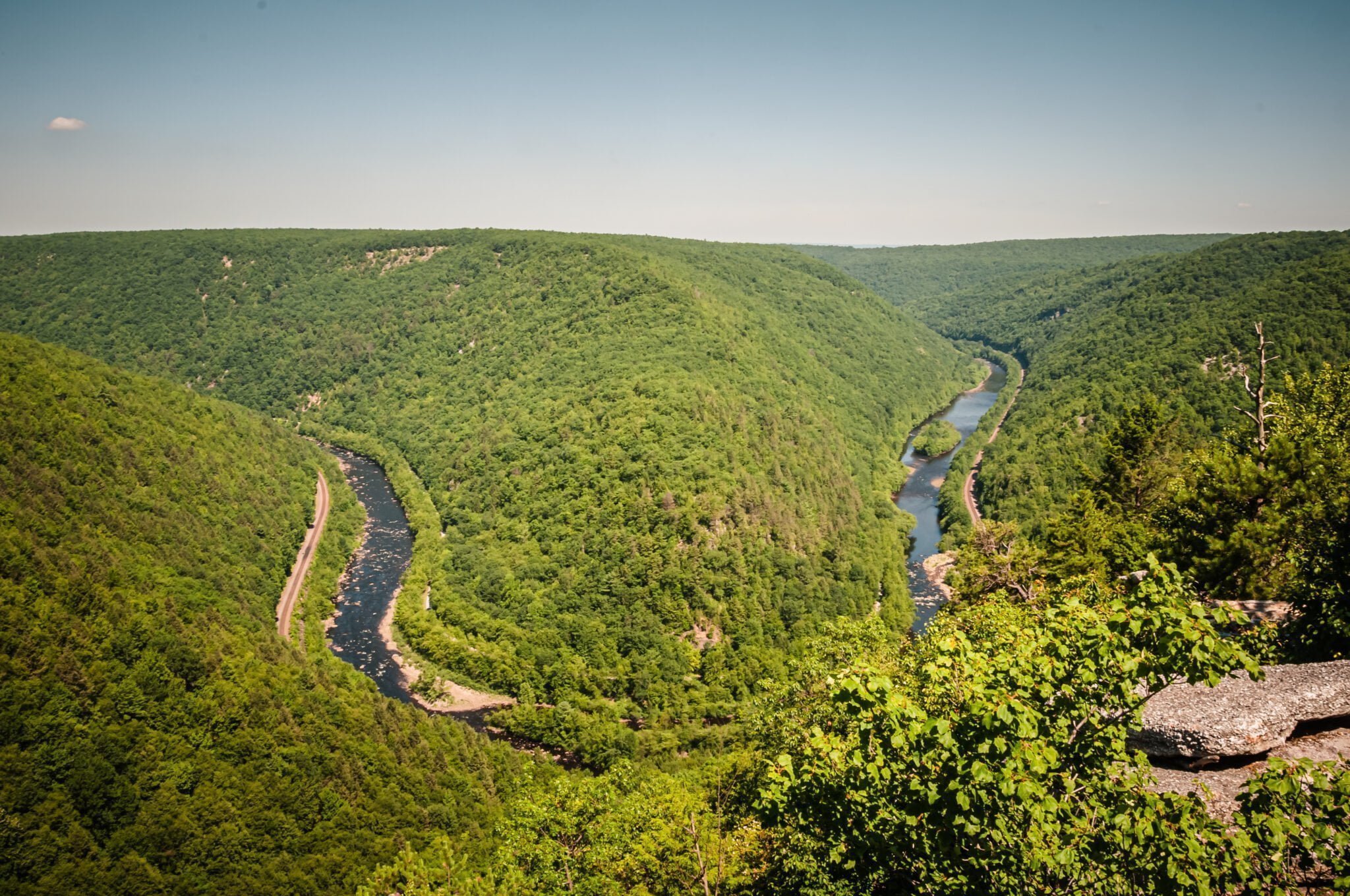Pennsylvania’s Lehigh River is now considered one of the most endangered rivers in the country, according to a new report from the conservation group American Rivers. The annual report calls attention to the threats facing 10 major rivers across the U.S. and highlights the risks they pose to the health and safety of both humans and wildlife. The Lehigh River, which ranks 7th on this year’s list, has been deemed endangered due to the influx of poorly planned development in the region.
“The Lehigh is the backyard river for half a million people, and the keystone to Northeastern Pennsylvania’s outdoor recreation industry,” Lia Mastropolo, the director of clean water supply at American Rivers, said in a statement. “But unprecedented development of open space for warehousing and distribution centers now threatens the region’s clean water and wildlife, and the communities and economies that rely on them.”
READ: America’s Most Endangered Rivers® of 2023: 10 Rivers. 10 Threats. 10 Solutions.
The report claims that the sheer number of warehouses, distribution centers, and other structures within the watershed, which cover more than four square miles of land, imperils the Lehigh River by turning forest and wetlands into hard, impervious surfaces, like roofs and pavement. These surfaces prevent rainwater and snowmelt from soaking into the ground, creating what is known as stormwater runoff, which immediately flows right off the surface and into the river.
PennFuture’s Campaign Manager for the Delaware River Basin, Donna Kohut, who worked on the report, told the Bucks County Beacon that stormwater runoff can cause a number of problems, including increased flooding. According to Kohut, impervious surfaces like pavement prevent the flow of water from the sky to the river from slowing down before reaching the waterway, inundating the river with runoff and causing the water level to rise quite quickly.
In addition to flooding, rainwater and snowmelt running off the pavement can also increase the temperature of the river water. “Instead of the water filtering through the ground and having a chance to cool off before it flows into a waterway, it’s now warm,” she said. This is known as thermal pollution, a process that occurs when the temperature of a body of water is changed by human influence, posing a risk to the aquatic life that relies on it.
Since the rainwater is not first filtered in the ground, any dirt, gravel, oil, road salts, or other contaminants on these surfaces will end up in the river, which can potentially harm plants, insects, and animals. Not only can these contaminants degrade the quality of the water, but the “wear and tear” of the debris can cause damage to the very structure of the river, as well.
Kohut says the impact these threats can have on humans varies based on location and water use. “In the Pocono region, where you have a lot less development right now, you have a lot more open space, you have more wooded areas, more intact wetlands,” she said. “When you go to those communities, what is most at stake for them is degrading water quality that is already incredibly pristine.” As a result, thermal pollution and water degradation caused by poorly planned development can impact communities in this region by harming the ecosystem and the local economy, which is partly based on outdoor recreation, like white water rafting.
“And then when you move further down into the downstream communities, like the cities or the suburban areas around Allentown, Easton, and Bethlehem, what you’re looking at are physical environments and waterways that are already degraded and polluted to some point,” Kohut said. “So you’re looking at potentially worsening those.” Kohut says that these areas have also seen an increase in flooding as stream beds get eroded and “carved out” into “deep stream banks,” adding that the people who are most impacted by this are often low income communities and communities of color.
As a result, American Rivers is advocating for federal and state governments to step in and take action to protect the health of the Lehigh River. One solution the report proposes is to fully fund the Delaware River Basin Commission, which is responsible for overseeing the water resource management of the Delaware River and all of its tributaries, including the Lehigh River. According to the report, the DRBC has been underfunded since 2014, which has made it more difficult for the agency to perform its duties and address quality protections, flow management, and recreation.
The report also urges the Pennsylvania state legislature to pass the Riparian Buffer Protection Act, which would guarantee that all waterways have riparian buffers – areas of vegetation near bodies of water that help filter contaminants from stormwater runoff and reduce flooding. The bill would provide all creeks, streams, and rivers with 150-foot riparian buffers and ensure that High Quality and Exceptional Value waterways have 300-foot buffers.
“It would have a massive impact in the Lehigh River watershed. Over 20% of our stream miles are considered impaired,” Kohut said. “So 20 percent of streams could potentially be provided this additional protection, which would go a long way to helping those streams be not just protected but potentially rehabilitated.”
Furthermore, the report notes that better planning and stricter regulations can help lower the environmental and economic impact of warehouse development. “We’ve seen the impact that unchecked distribution center development has had on the Lehigh River valley,” Jim Vogt of the Aquashicola/Pohopoco Watershed Conservancy said in a statement. “As the industry has its sights set on cheaper land up north, we must hold strong against this tide in the upper Lehigh River watershed and protect Poconos headwaters from this same degradation.”







